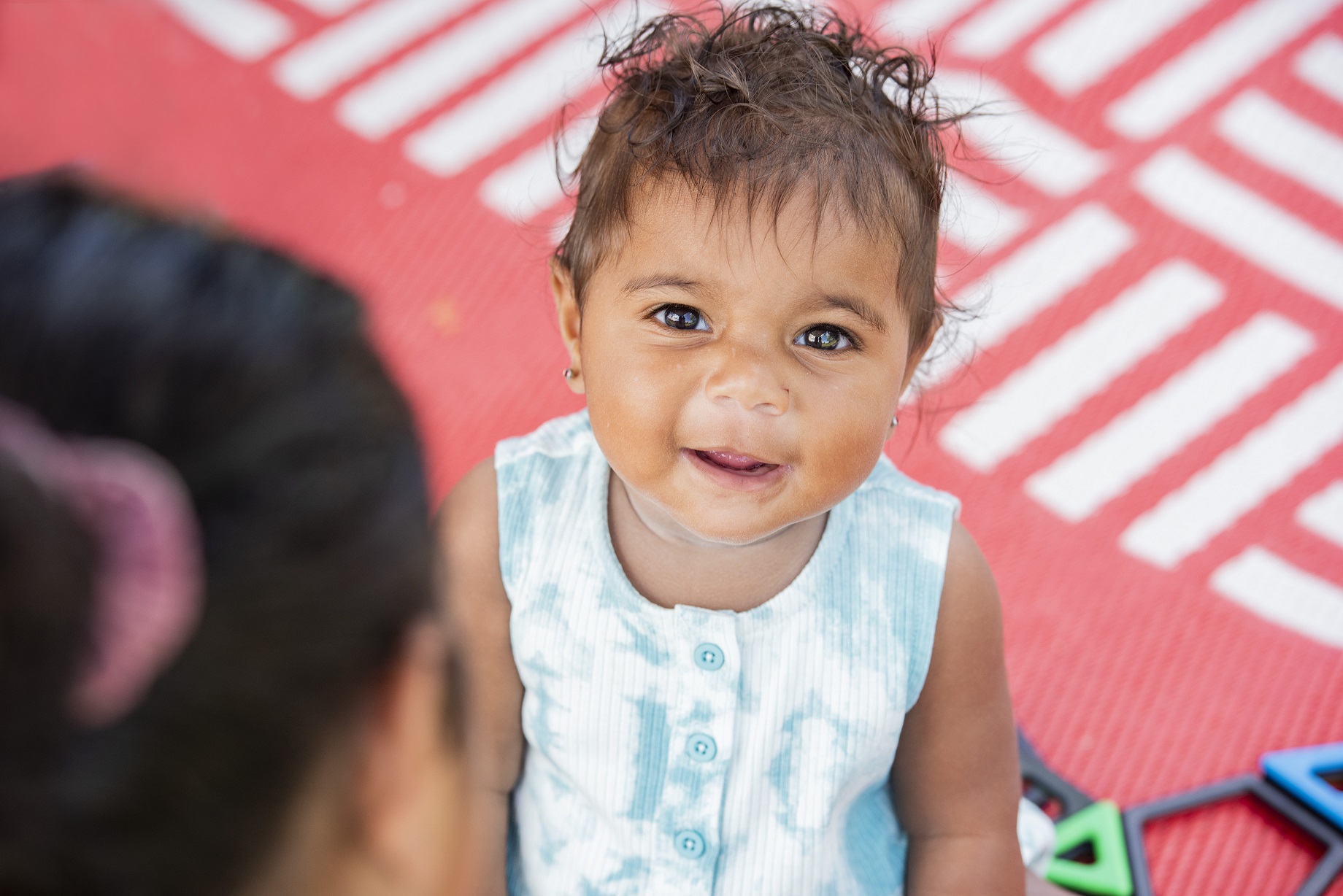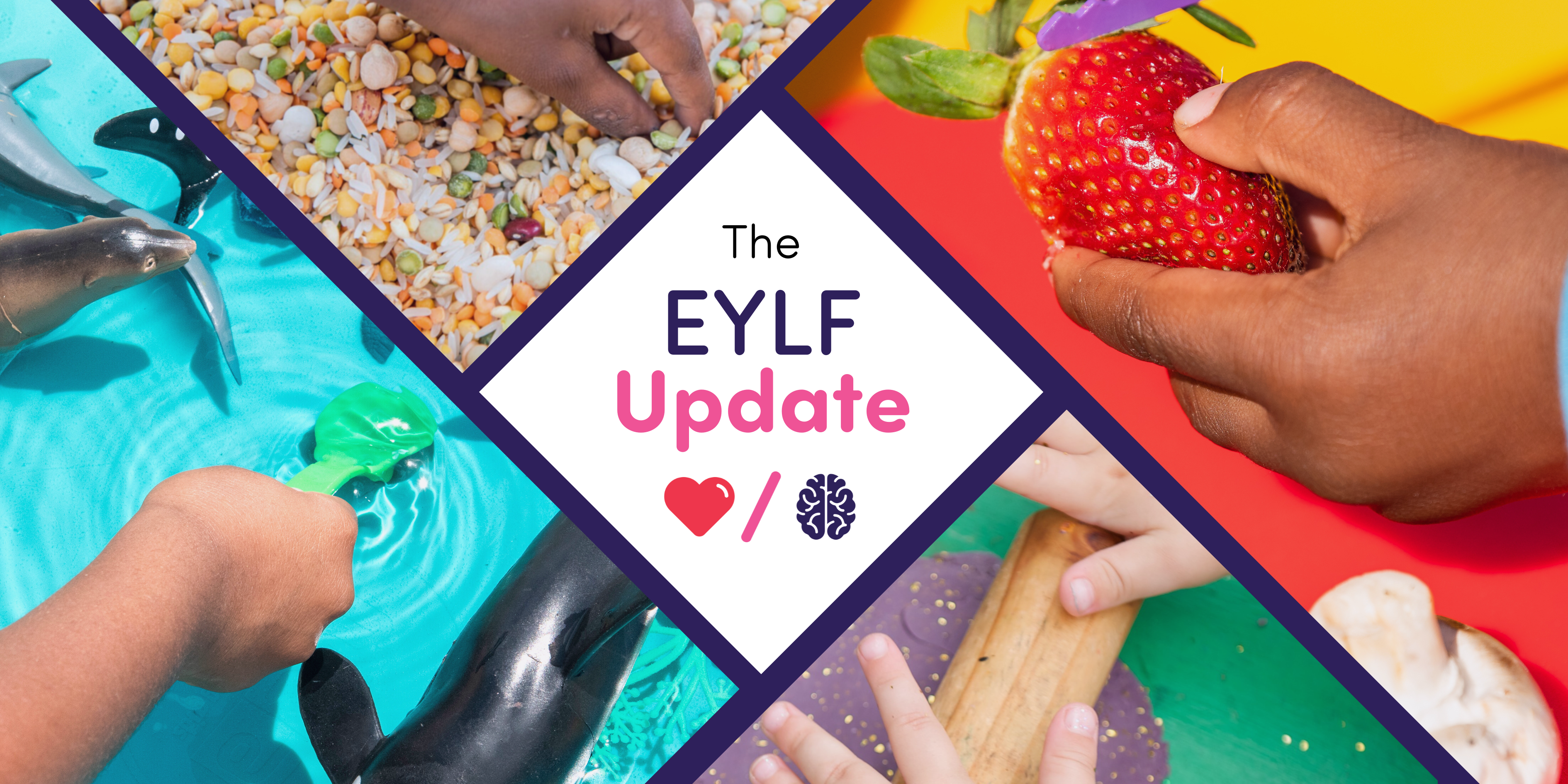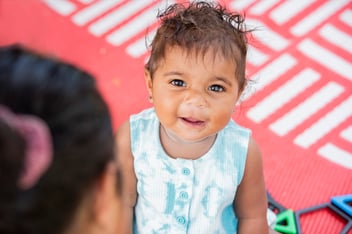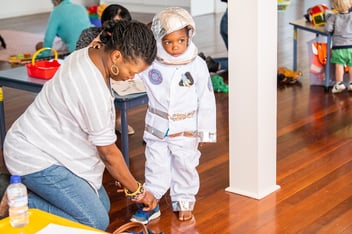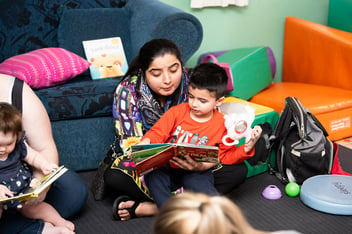
The Role of Creative Play in Childhood Development
Blog > The Role of Creative Play in Childhood Development

The Role of Creative Play in Childhood Development
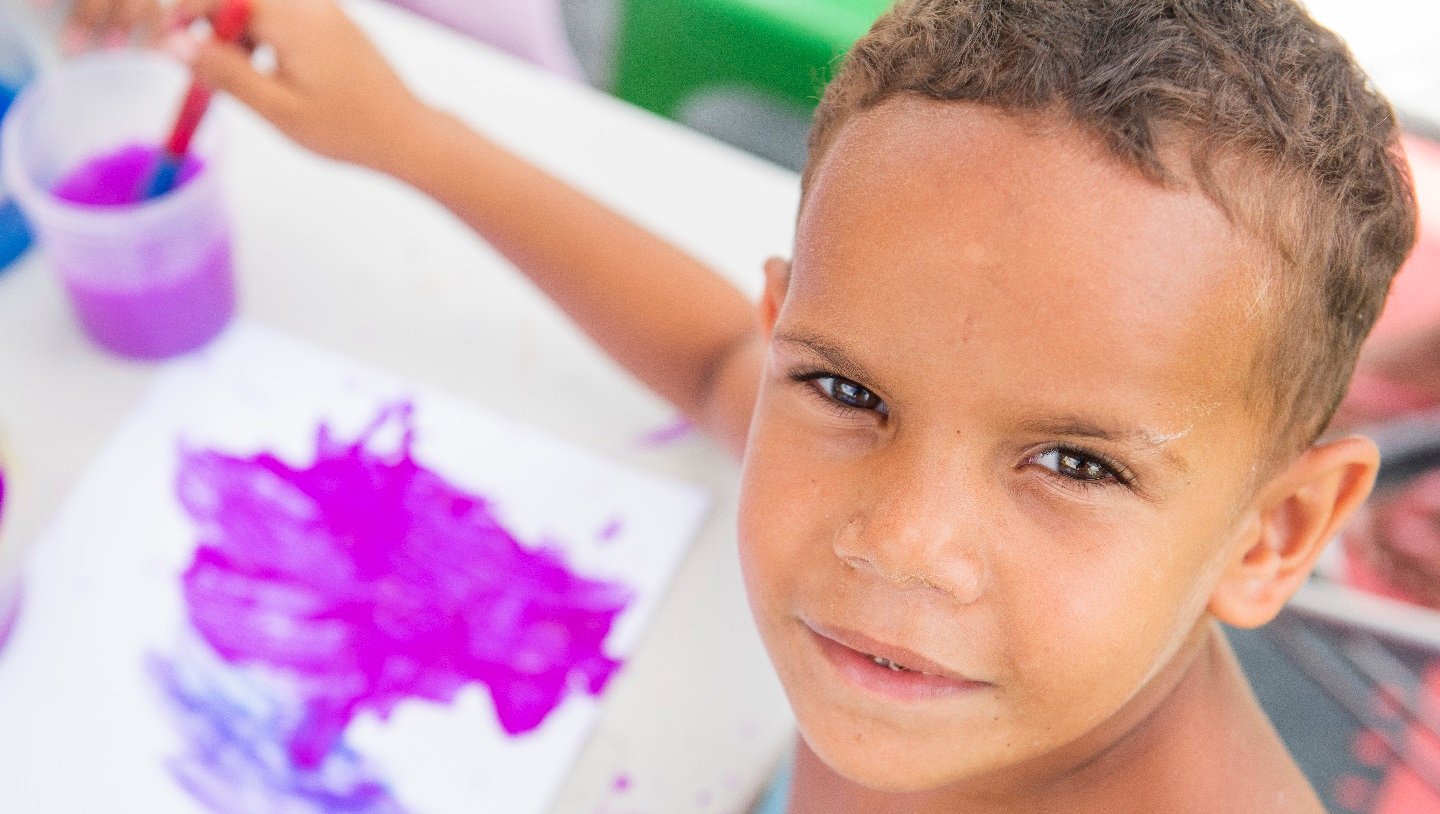
Along with exploring their imagination, creative play is vital for healthy brain development in children. Acting, painting, dancing, making music, doing crafts and many other creative activities are sensory experiences and invite children to express their emotions. Because young children are still developing their language skills, arts and crafts help them to show what they’re thinking and feeling without using words. Creative play also allows children to try out new skills, express their individuality and identify and explore their thoughts and ideas in a safe way.
Creative play is a child’s first step into the world of math and science. They’ll learn about shapes, space and colours, reactions to experiments and combining ideas.
What is creative play?
Creative play is any type of play where children can freely use their imagination to explore, experiment, and express themselves through various activities such as drawing, painting, acting, building, and more. The activities and ideas are led by the child’s creativity, and this allows them to take on different roles, characters, and situations, to create their own stories, scenarios, and experiences. Creative play is often unstructured and open-ended, giving children the freedom to choose and direct their own play, and to develop their own unique ideas and expressions.
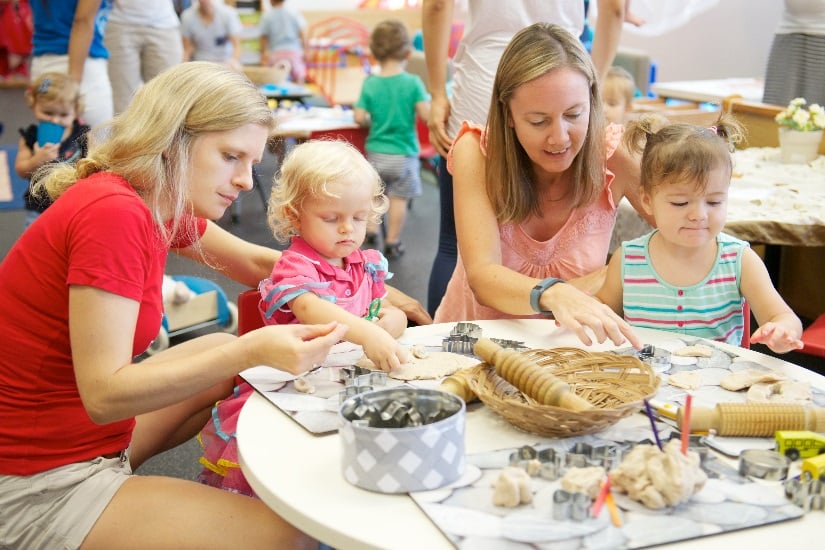
Let them lead
Young children love it when they have the chance to be in charge. By letting them choose how and what they’ll play, you’re showing them you have confidence in their abilities. It’s an empowering way to nurture your relationship because they want you to be involved in their moments of fun but not always the one setting the rules.
By giving them the power to make decisions around play, you also give them the freedom to explore their world in ways you may never have thought of. Children are naturally creative and want to know how things work. When we tell them how to do a task or explain it the way we see it, we restrict their thinking.
Choosing toys and play experiences that can be used in many different ways, like blocks, sandpits, and craft materials allows children to investigate different toys, materials and environments in their own way.
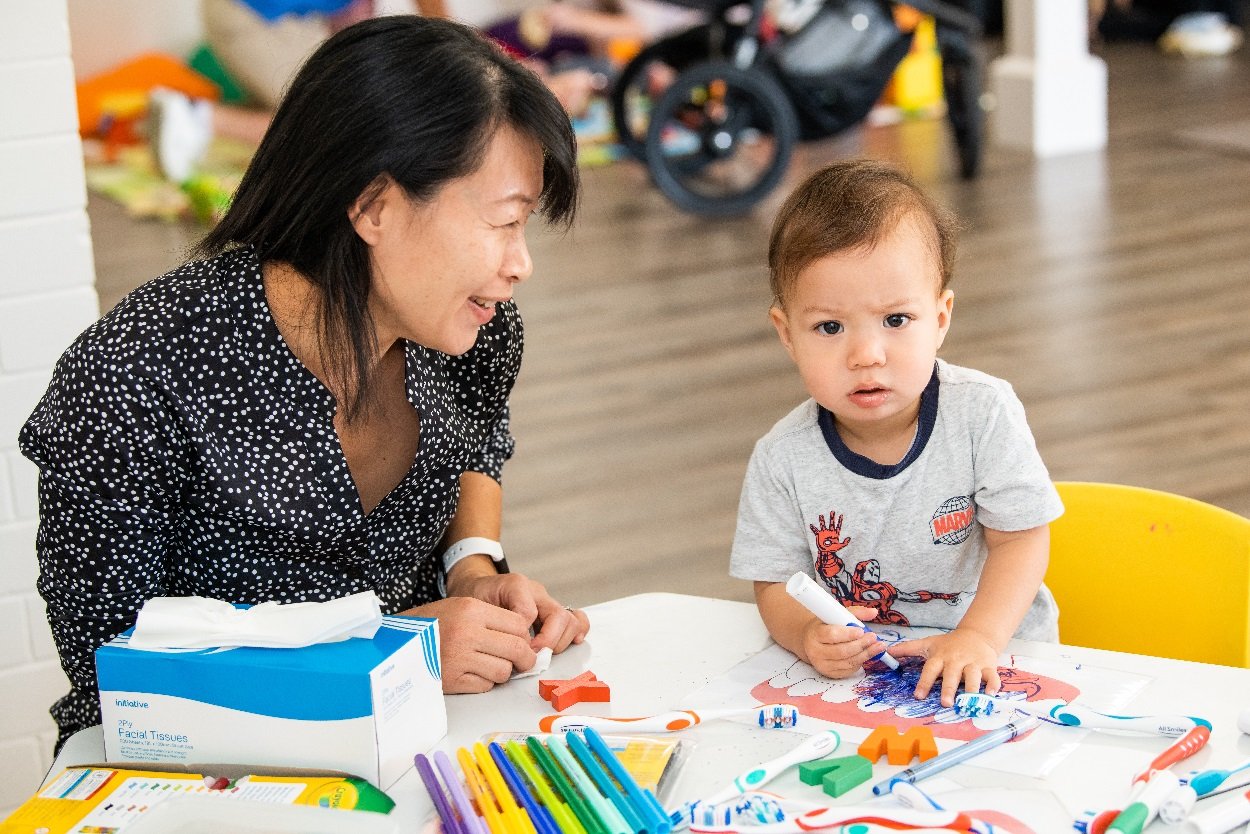
New ways to play
Unleashing their artistic side is far from silly. Instead, it’s the perfect way for children to learn. All you need to do is provide the space and supplies for them to explore.
Try these suggestions to get your child enjoying some new, fun play times:
- Draw in the dark – it may sound silly, but it’s the perfect way to let go of any attachment to an outcome. By switching off the lights or drawing in a dark cubby, you and your child get to let your hands guide you.
- Have a messy day – put on old clothes, lay down play mats or go outside and let your child create with different materials such as dried food like rice or pasta, sand, poster paints, wool, pop sticks, glue and paper. Once your child is done making their artwork, it’s time for water play. Set up large bowls or tubs with water and add a few small drops of different food colouring. Then give them tools such as spoons, cups and sieves to play and splash with. The water will help to wash off any glue or paint they’ve ended up with on themselves instead of the paper!
- Playdough role play – this mouldable, sensory tool has been used for decades by kids and adults. But have you tried using playdough to understand what’s happening for your child in their mind and heart? Ask your child to create something they’re worrying about or show their feelings through playdough. While pressing, folding and carving, you’ll be able to start important conversations without the pressure of sitting down for a chat. Your child will feel more relaxed and be more likely to open up about what’s troubling them.
- Sink or float – a bathtime favourite, turn this classic game into a science experiment by adding different things to a tub of water. What happens if you add bubble mixture to a bowl of water and put a duckie in it? Try another bowl with salt or load up a toy boat with some rocks and test it. Let your child think about what to do next and see what happens as you try out their ideas together.
- Host a no-talking disco – let your child choose their favourite songs, dress up in their favourite outfit and get your bodies moving. Tell them there’s only one rule – no talking allowed (but they can make sounds and dance however they like). When we switch off a focus on conversation, we must rely on body language for communication. It also allows both of you to be absorbed by the music and enjoy the moment.
- Backyard obstacle course – give your child a bunch of materials such as sticks, buckets, rocks, cones, pipes and planks of wood and let them create their own obstacle course. Not only do they get to choose the layout, but they’re in control of what action they’ll do for each obstacle and the order in which they’re done.
Creative activities like these help to build fine motor skills and prepare children for tasks they’ll learn at school like writing. They also help children build social skills of cooperation, negotiation, sharing and bonding with each other because it’s easily adapted to any skill level! No matter what social, cultural or financial background they have – every child has inventiveness and curiosity just waiting to be unlocked. It’s all about giving them the freedom to think and act in new ways.
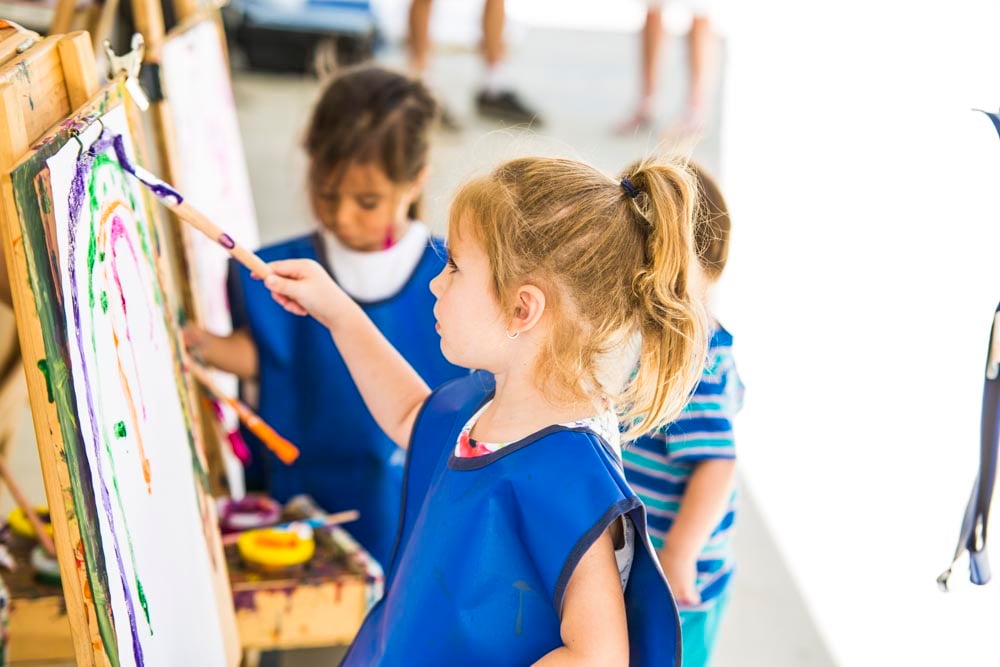
Encourage different thinking
Learning from mistakes, finding innovative solutions to problems and discovering their identity all happen through creative play. When we let children play in a way they choose without direction, it frees them from rules and fixed thinking. Without set guidance from adults, children often come up with surprising and delightful ways of playing.
Let children enjoy creative play so they’ll become better thinkers - setting them up for a successful future.
Find a play experience near you:
Subscribe to our newsletter >
Related content:
Advertisement:
.jpg)
